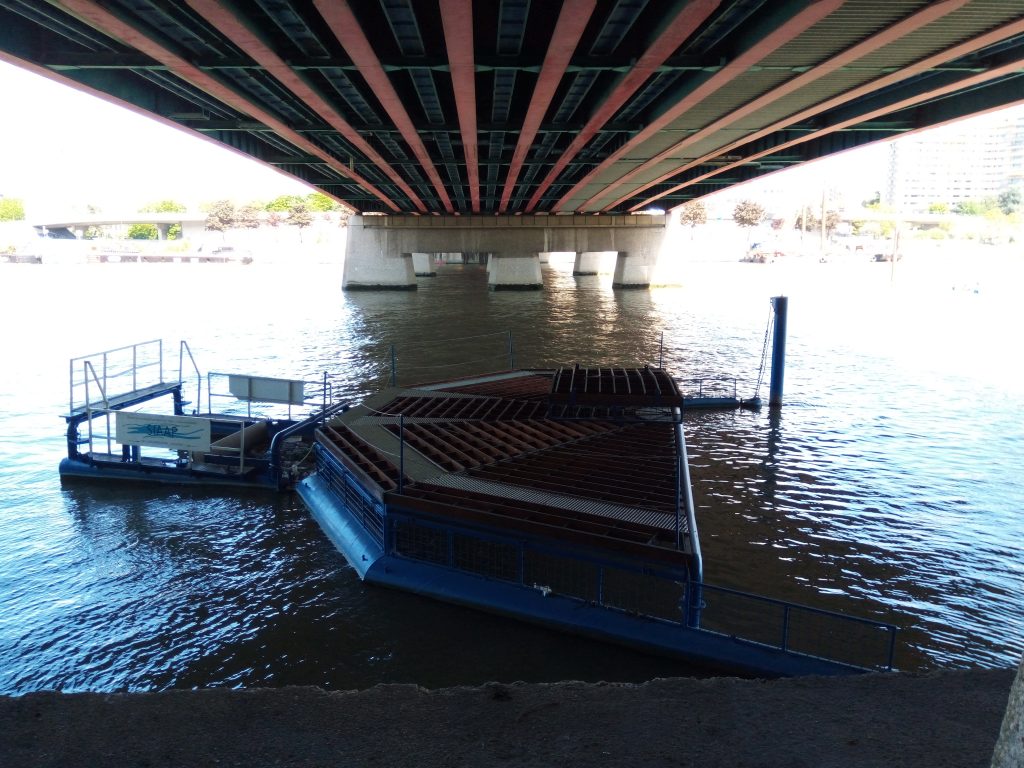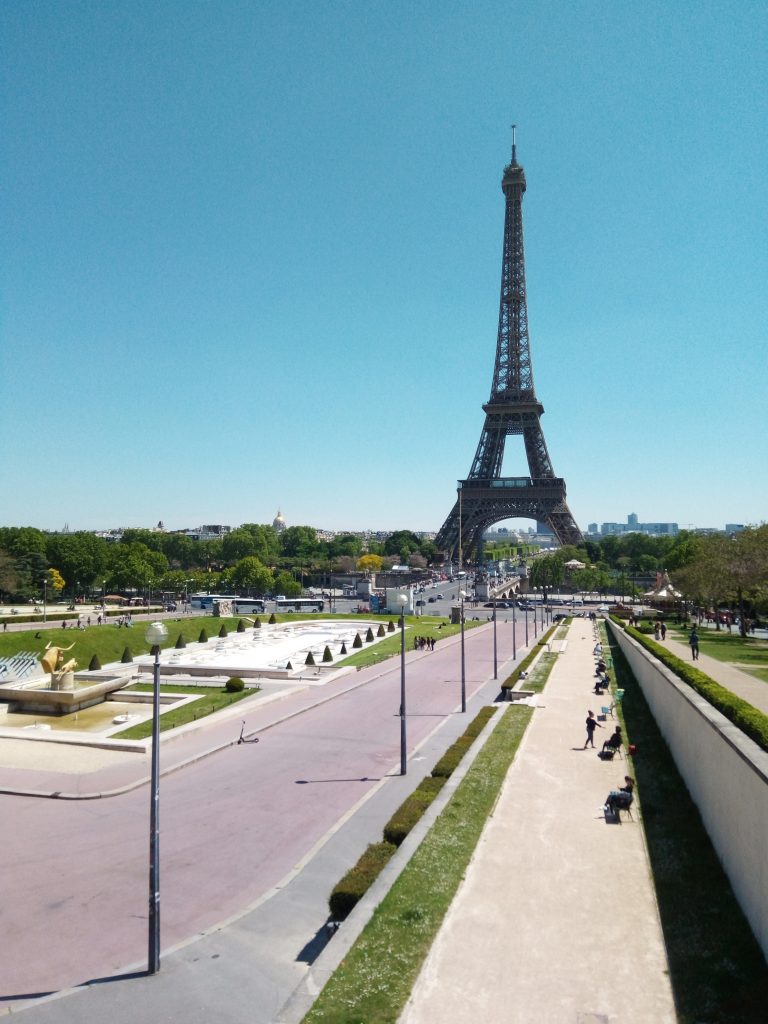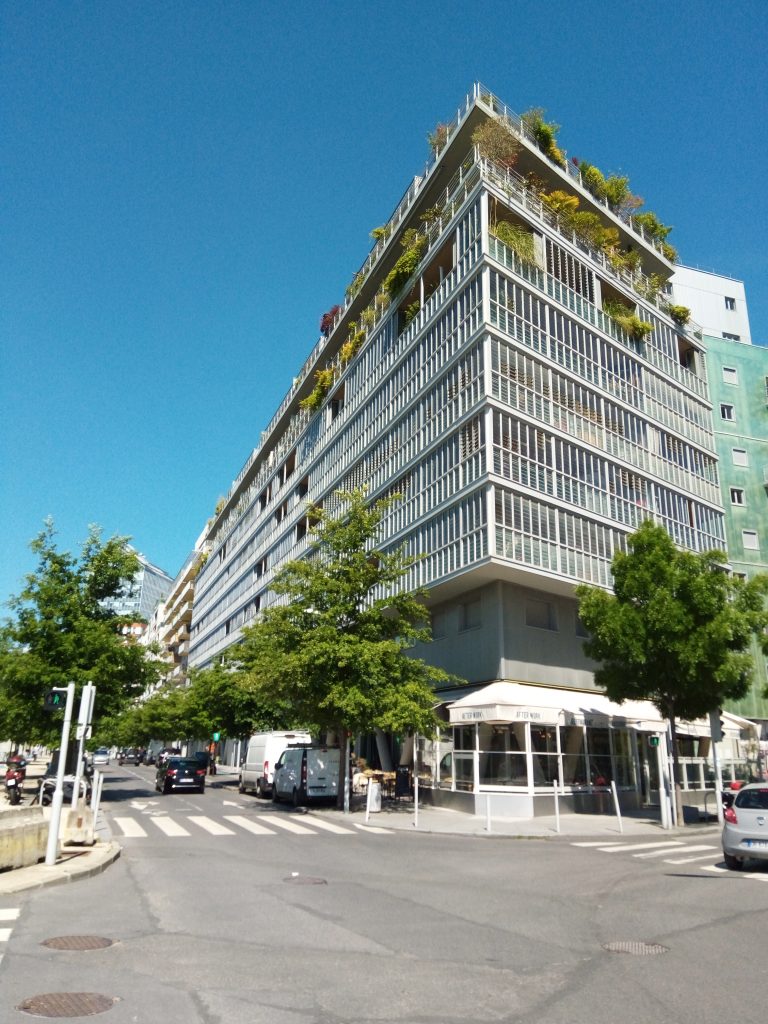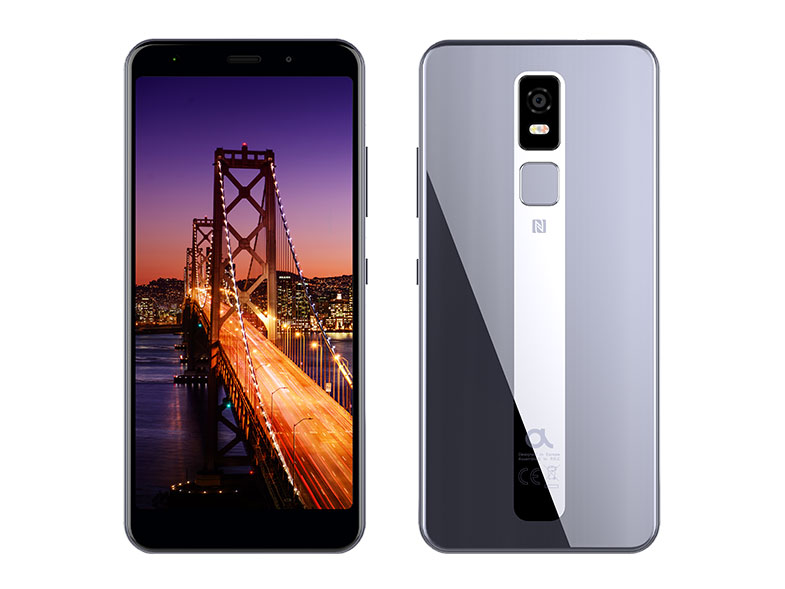The new Altice S61 is a basic smartphone offered by SFR, a French telecommunications company owned by the Altice Group. As a phone, it comes with wireless charging, dual SIM slots, and a high-definition 5.45-inch screen. For photography and videography, it comes with an 8MP front selfie cam and a flash-equipped 13MP rear camera.
Read on to find see how the Altice S61’s rear camera performed in our DXOMARK Camera testing.
Key camera specifications:
- Single 13MP rear camera
- HDR and EIS (both off by default, not tested)
- 4x digital zoom
- 1080p/30fps video (tested at 720p default)
About DXOMARK Camera tests: For scoring and analysis in our smartphone camera reviews, DXOMARK engineers capture and evaluate over 1600 test images and more than 2 hours of video both in controlled lab environments and in natural indoor and outdoor scenes, using the camera’s default settings. This article is designed to highlight the most important results of our testing. For more information about the DXOMARK Camera test protocol, click here. More details on how we score smartphone cameras are available here.
Test summary


With a DXOMARK Camera Overall score of 56 points, the inexpensive Altice S61 comes in last in our current DXOMARK ranking for smartphone cameras. Despite the low score—not unexpected, given its budget-constrained specs—the S61 is not without some virtues. Its scores for color rendering for both stills and video are not too bad, for example, and it handles artifacts pretty well in video mode. However, its single camera and lack of top-tier components seriously affect its image quality scores in all other categories.
Exposure scores are low for both still and videos, and for scenes with challenging lighting, images are strongly overexposed or underexposed (or even completely dark). Dynamic range is sharply limited, with details in shadowed areas often completely lost, and bright areas entirely blown out, as shown in the photo below. (Note, however, that we tested the Altice S61 using its default settings, which in this case meant HDR off.) Video performs somewhat better, with usable results for a broader range of shooting conditions than for stills.

While color is its strongest attribute, it is not without problems—for example, there is a noticeable yellow white balance cast in outdoor shots, and you can see a strong cyan shift in the sky in the photos below:


Autofocus shows instabilities across the board for both stills and video; images are often noisy; texture and details are indistinct. For Night, the device scored 34, due mainly to its poor performance in flash-on tests. This said, however, flash exposure for still portraits at both 0 lux and 5 lux was accurate, as shown below. However, we want to point out that though there is hardly any visible red-eye effect in the sample photos, that is because the colors are desaturated (other test photos clearly showed the effect).
As per our protocol, since it did not improve the S61’s score, the Night score had no impact on its overall, photo, and video scores.


The Altice S61’s digital zoom performance was poor, losing progressively more detail as it zoomed in to the maximum 4x. And as it has just a single camera module, there’s no bokeh mode, and thus we assigned it the default score of 25.
Video results (63) were better than still image results (53)—quite a bit better for artifacts, and slightly ahead for autofocus and noise. Its default recording rate of 720p contributed to its low score for detail and to its being significantly worse for texture preservation than stills; moreover, it turned in a poor performance for video stabilization, certainly due in part to its electronic image stabilization (EIS) being off by default.
Conclusion
The Altice S61 does not pretend to be anything other than a basic smartphone intended for the budget-conscious consumer, and as such, no serious photographer or videographer would choose it on the basis of its camera image quality. This all said, under the right conditions (including use of its HDR and EIS features), it can take usable photos and videos—and given the price point, that is as much as anyone should reasonably expect from it.
Photo pros
- Flash target exposure is accurate at 0 lux and 5 lux.
- Target exposure is generally accurate in outdoor and indoor conditions.
- Details are fairly well-preserved in outdoor conditions.
Video pros
- Target exposure is generally accurate in outdoor and indoor conditions.
- Autofocus is smooth and AF convergence is usually fast.
Photo cons
- Strong chromatic and structured noise is visible in all tested conditions.
- Strong loss of acutance is visible in the field in all tested conditions.
- Dynamic range is very limited.
- Strong cyan hue shift is visible in the sky in outdoor conditions.
- Inaccurate autofocus.
- A yellow white balance cast is generally visible in outdoor conditions.
- In night conditions, images are often over- or underexposed.
Video cons
- Autofocus instabilities are visible in all tested conditions.
- Level of detail is very low in all tested conditions.
- Dynamic range is limited.
- White balance instabilities are visible in indoor and outdoor conditions.
- Exposure steps are visible during exposure convergence.
- Frame rate is low in low-light conditions.



